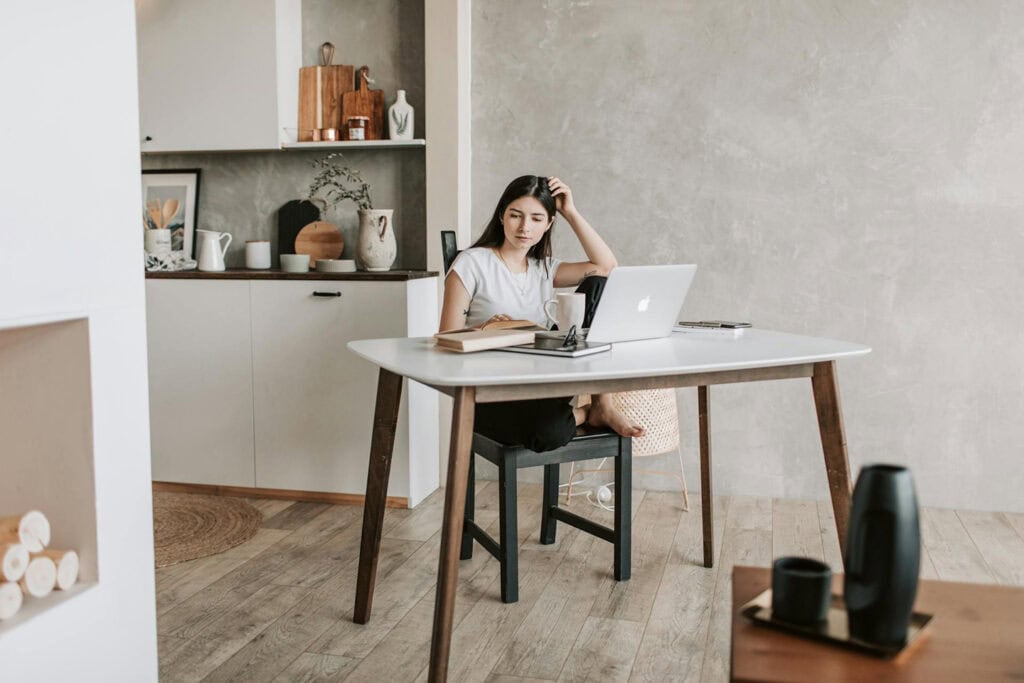

Are you eager to transform your design passion into a fulfilling remote career?
Are you ready to turn your love for design into a thriving remote career? As an aspiring interior designer, you deserve a job that lets you express your unique vision and collaborate with clients worldwide.
At Landmarks Architects, we understand the challenges of remote work in this tough, competitive landscape. With our guidance and a thorough review process to verify opportunities, we’ll help you unlock the full potential of remote interior design jobs.
In this article, we will cover:
- Key skills required for success in remote interior design
- The benefits and challenges of working remotely
- Strategies for finding remote design jobs
Are you ready to break free from the limitations of traditional office work?
What Are Remote Interior Design Jobs?
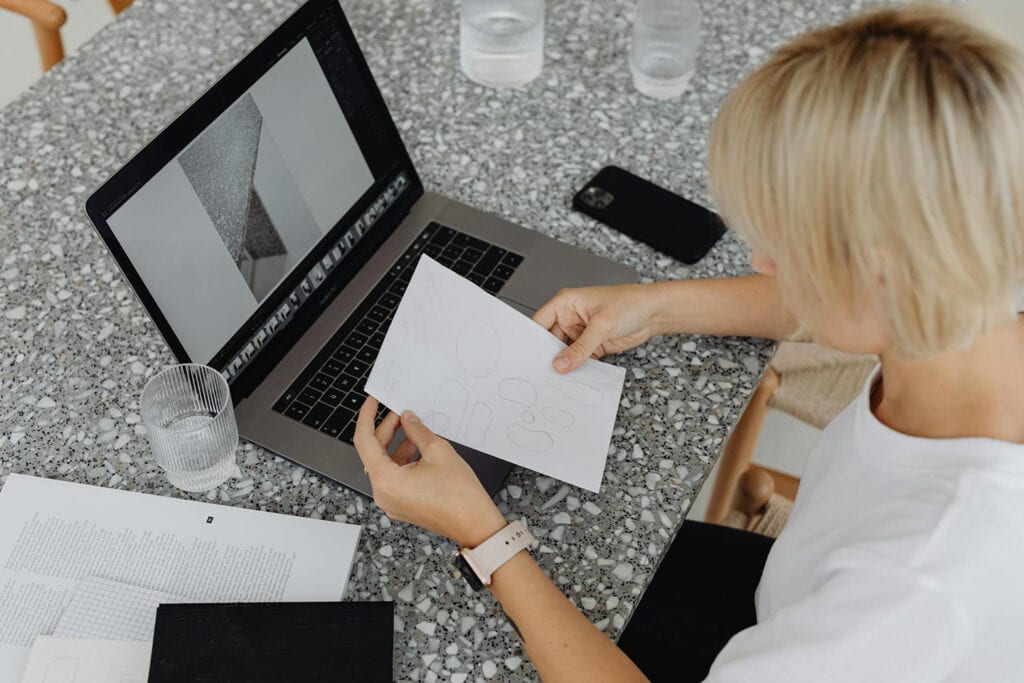
Remote interior design jobs offer project managers a unique opportunity to create and execute stunning design plans without the constraints of a traditional office setting.
These roles provide greater flexibility and encompass a diverse range of projects, from cozy residential spaces to vibrant commercial environments.
See also Interior Design Assistant Jobs: 5 Key Skills and 3 Career Paths
Key Skills Required for Remote Interior Designers
Remote interior designers need a blend of technical and soft skills to succeed.
1. Technical Skills
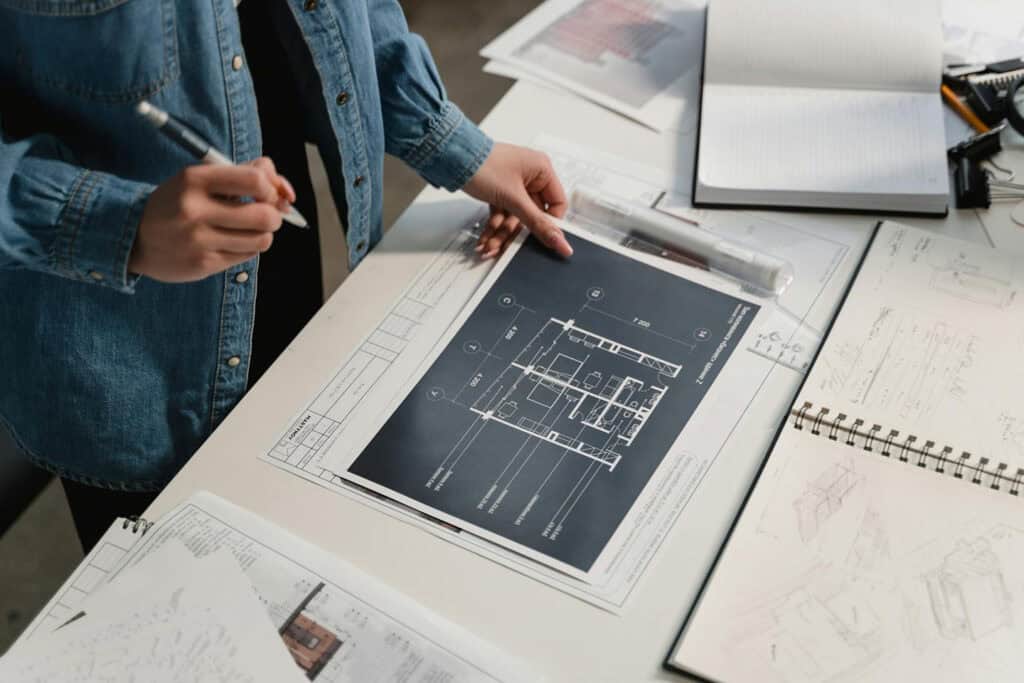
Proficiency in design software is essential for interior design projects. Tools like AutoCAD and Revit are used for detailed design documents, while familiarity with SketchUp and Adobe Creative Suite enhances presentations.
2. Communication and Collaboration Skills

Effective communication is crucial for completing remote work. Designers must respond and collaborate with clients and team members through platforms like Zoom and Slack. Ensuring that ideas are clearly articulated leads to better client satisfaction.
3. Time Management and Organization

Effective time management is essential for human connection and smooth project proceeding. With a flexible schedule, designers can utilize project management tools like Trello, Asana, or Monday.com to keep track of tasks and efficiently organize multiple projects.
4. Creative Problem-Solving Abilities
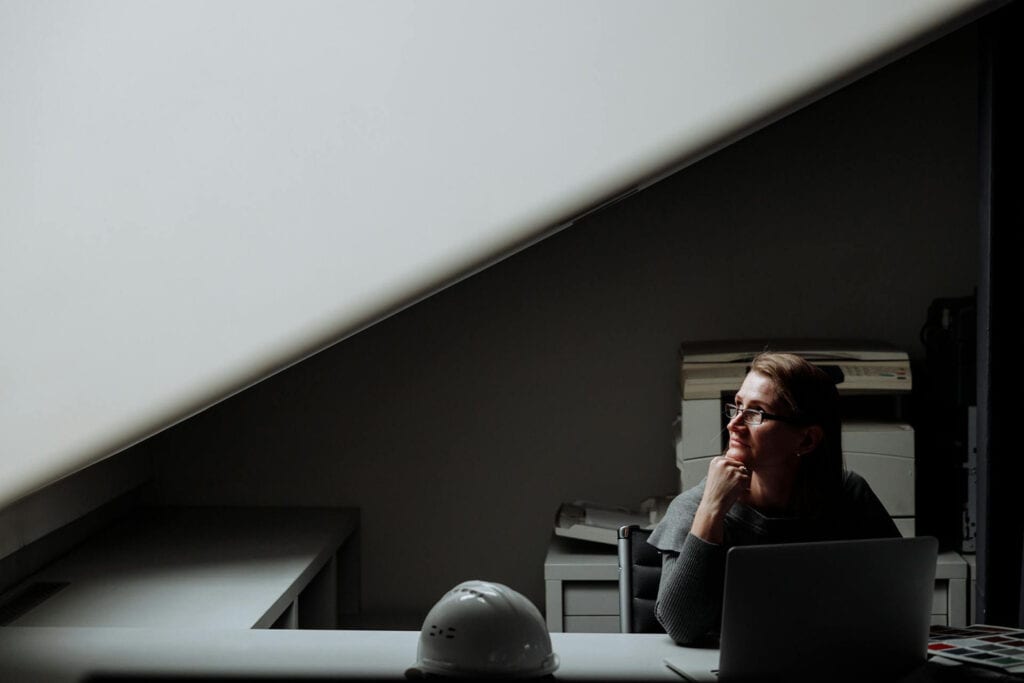
Designers need action-oriented problem-solving and industry knowledge to address client needs and site challenges, enabling them to find innovative solutions within project constraints.
See also Architecture Animation: 6 Reasons for Animation Use
The Benefits of Remote Interior Design Jobs
- Significant Flexibility: Designers can set their own schedules.

- Access to Global Clients: Remote work allows collaboration with clients worldwide.
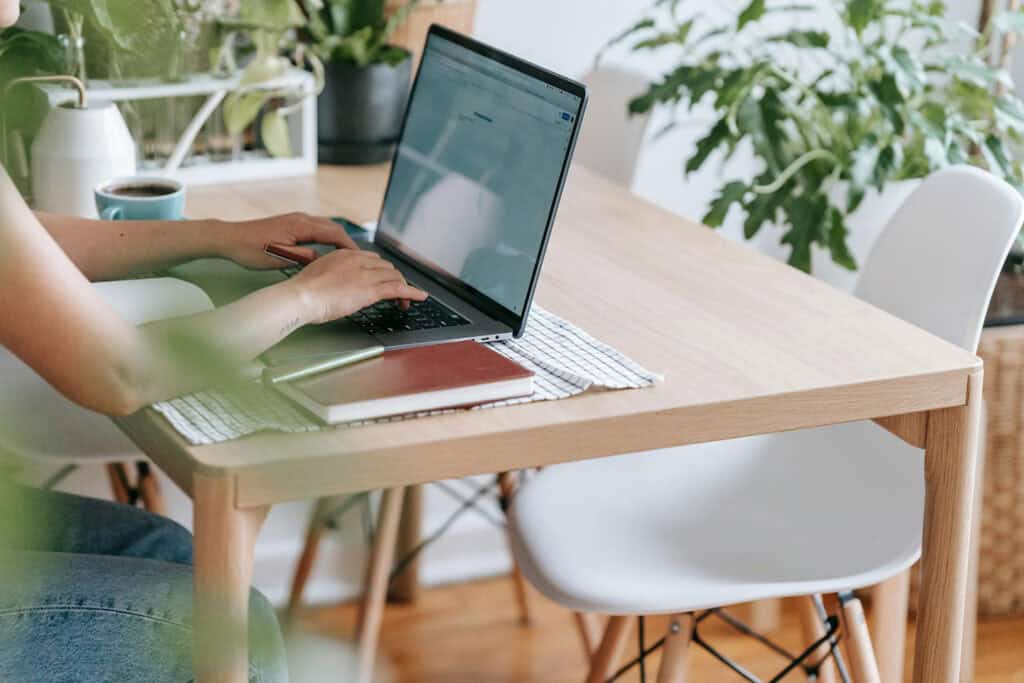
- Reduced Overhead Costs: No need for physical office space means lower costs.
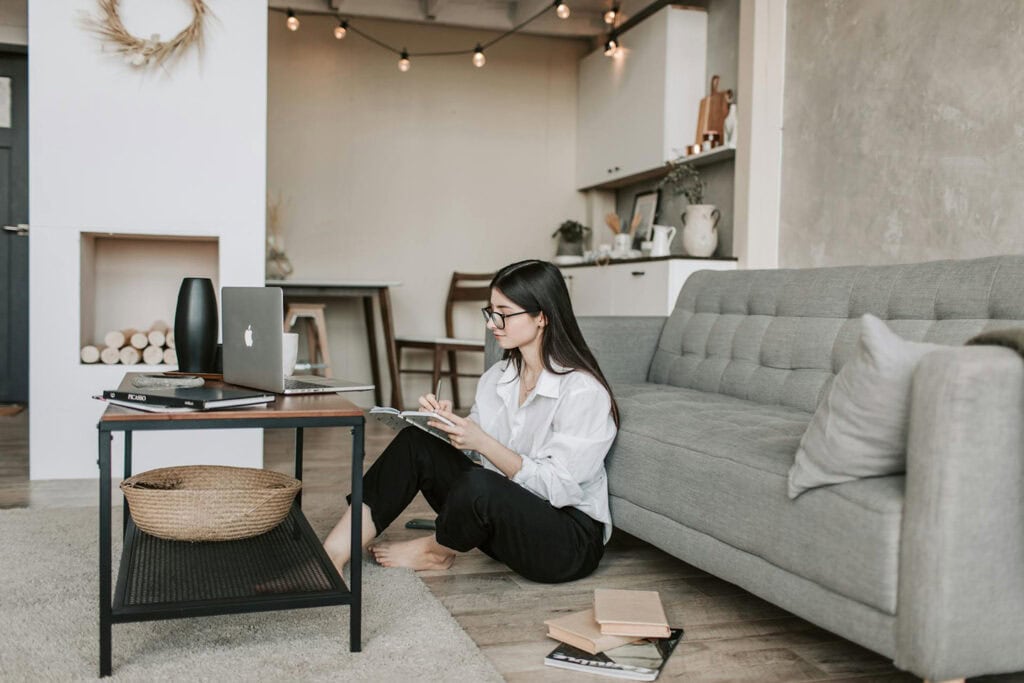
Challenges of Remote Interior Design Work
- Lack of Physical Interaction: Designers miss the tactile experience with spaces and materials.
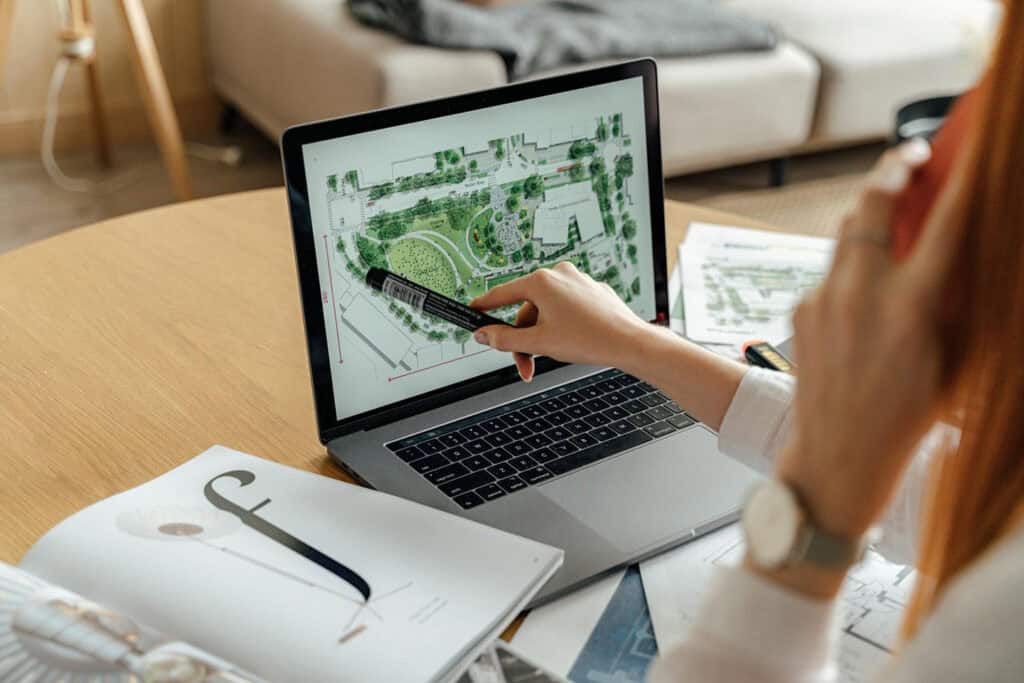
- Potential Miscommunication: Without face-to-face meetings, it can be harder to respond accurately to subtle cues.

- Navigating Time Zone Differences: Working across time zones complicates scheduling, where even a few seconds of delay can disrupt coordination.
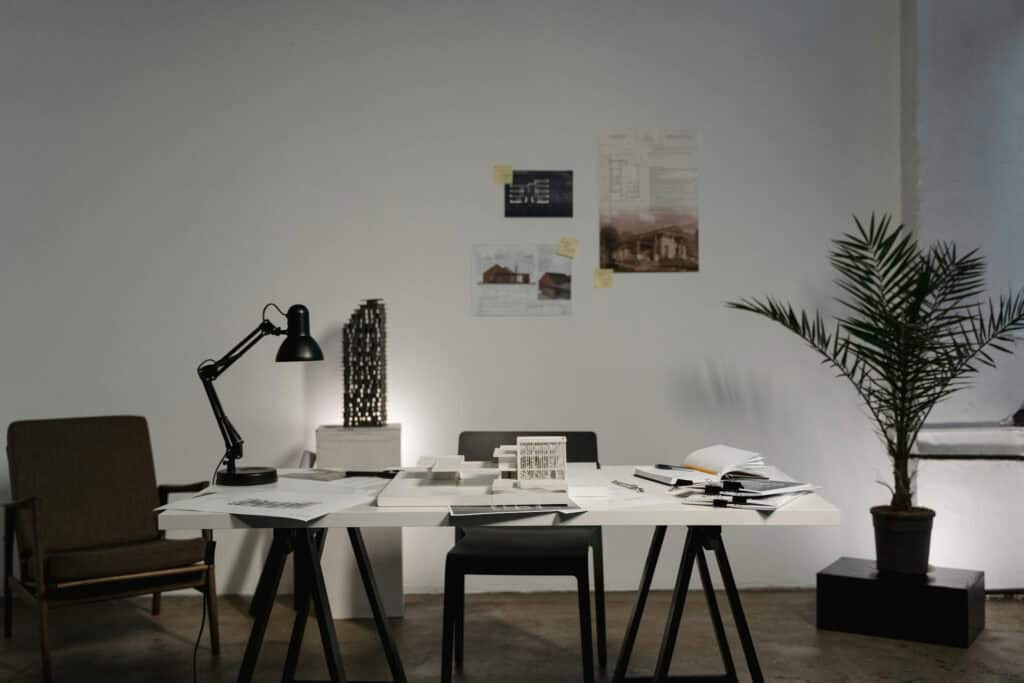
- Dependence on Technology: Remote design relies heavily on technology, with security playing a key role in ensuring reliable site access and smooth browser functionality.

How to Find Remote Interior Design Jobs?
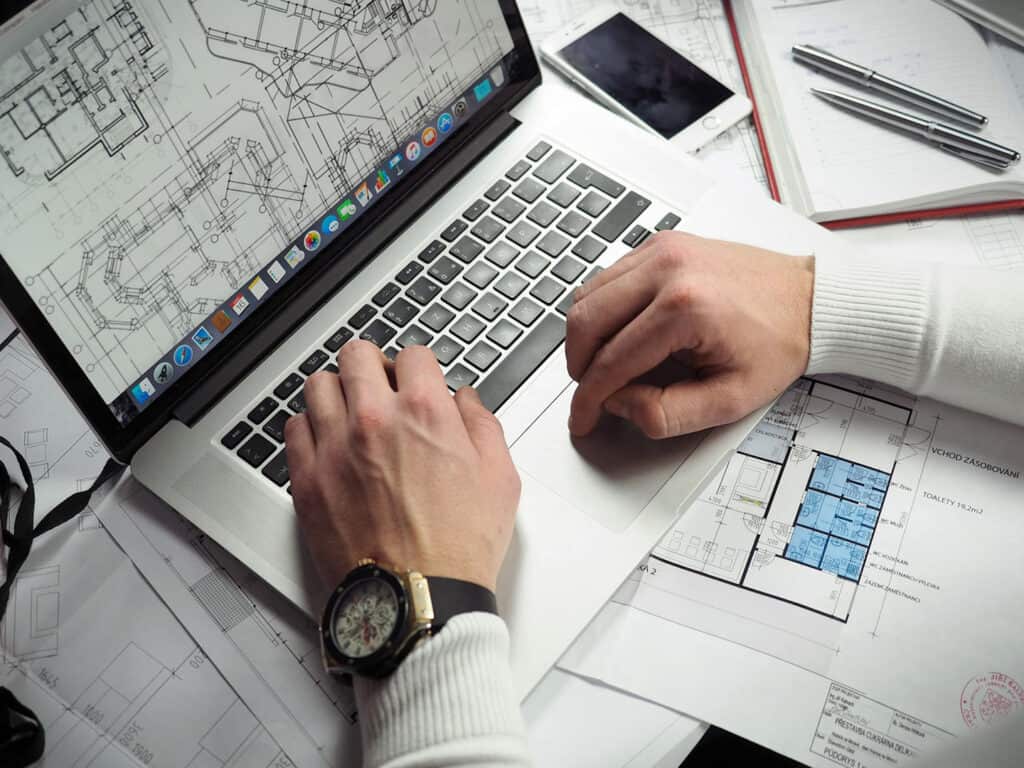
For starters, create an appealing portfolio that highlights your ability to develop design documents. Showcase your design skills effectively with a well-organized portfolio.
Include a variety of projects to demonstrate your versatility. Regularly update your portfolio with recent work, ensuring it features current design documents to stay relevant in job applications.
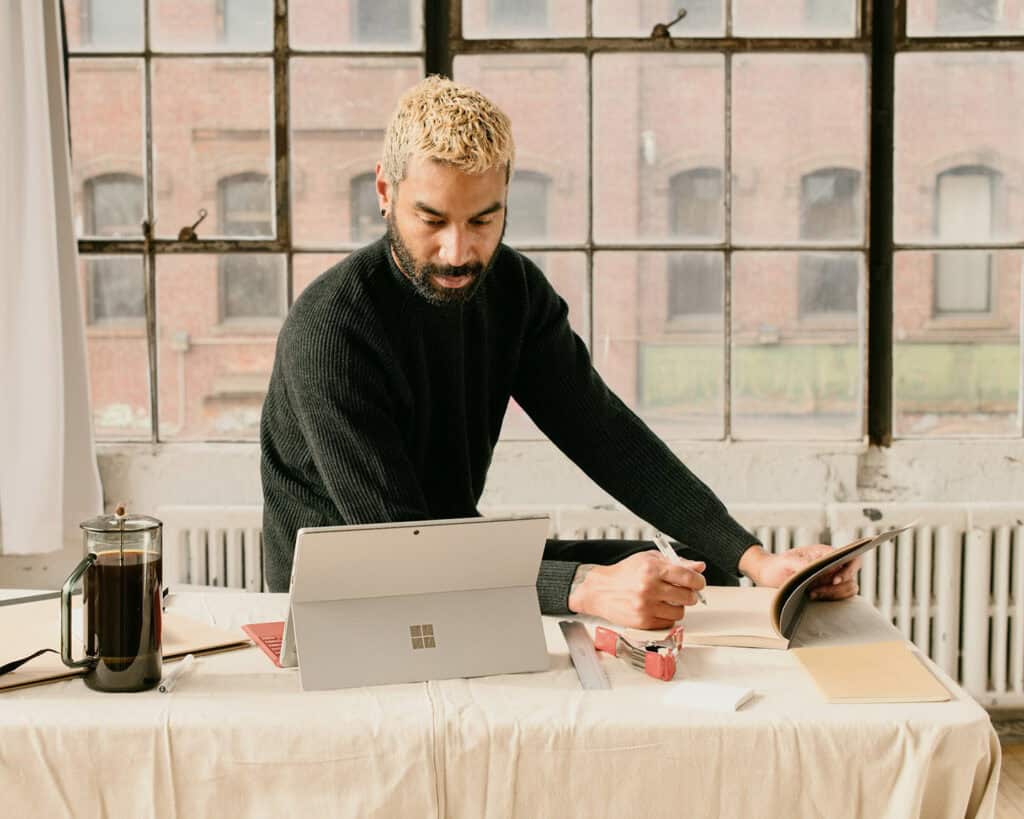
Utilize various strategies and platforms for job searching. To ensure you navigate each site properly, focus on websites like Upwork, Fiverr, FlexJobs, and Indeed, which are valuable resources for finding remote interior design jobs.

Also, Build Your Networking and Online Presence. Use social media platforms like LinkedIn to connect with industry professionals. Attend virtual design meetups to network and learn about new job openings.
See also: Top Interior Design Programs: 6 Must-Visit Schools
Remote Interior Design Jobs: A Recap
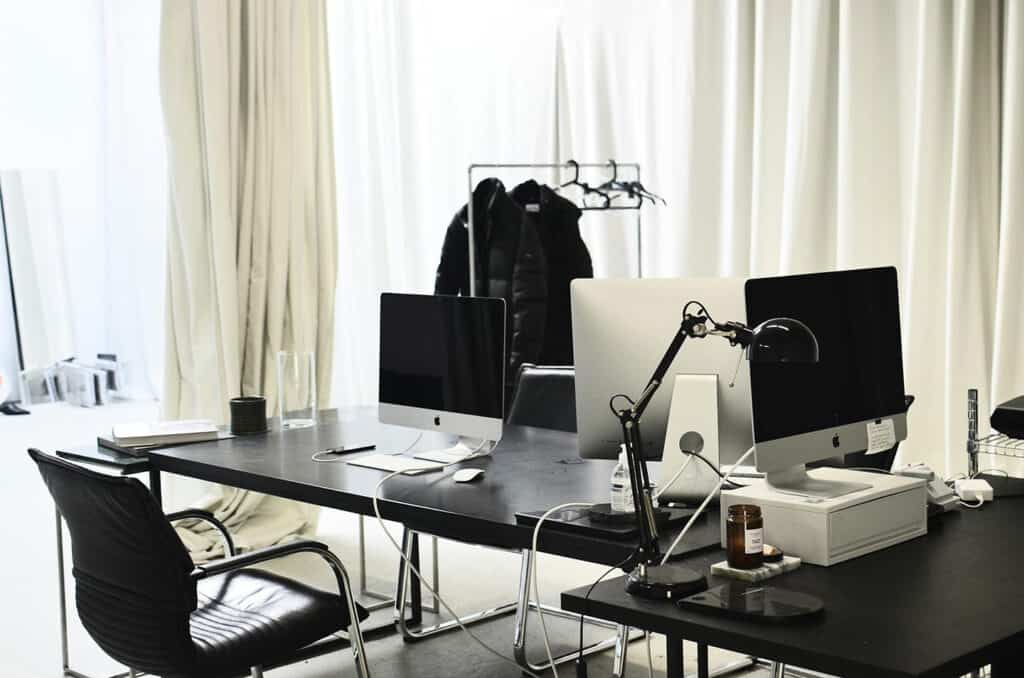
In short, remote interior design jobs offer a rare mix. They are flexible and creative. You can also work with clients worldwide. By honing key skills, and embracing the benefits of remote work, you can succeed in this dynamic field. But, you must also navigate its challenges.
Are you ready to transform your passion for design into a fulfilling remote career? Take the first step today! Build an impressive portfolio, explore job platforms, and connect with industry professionals.










